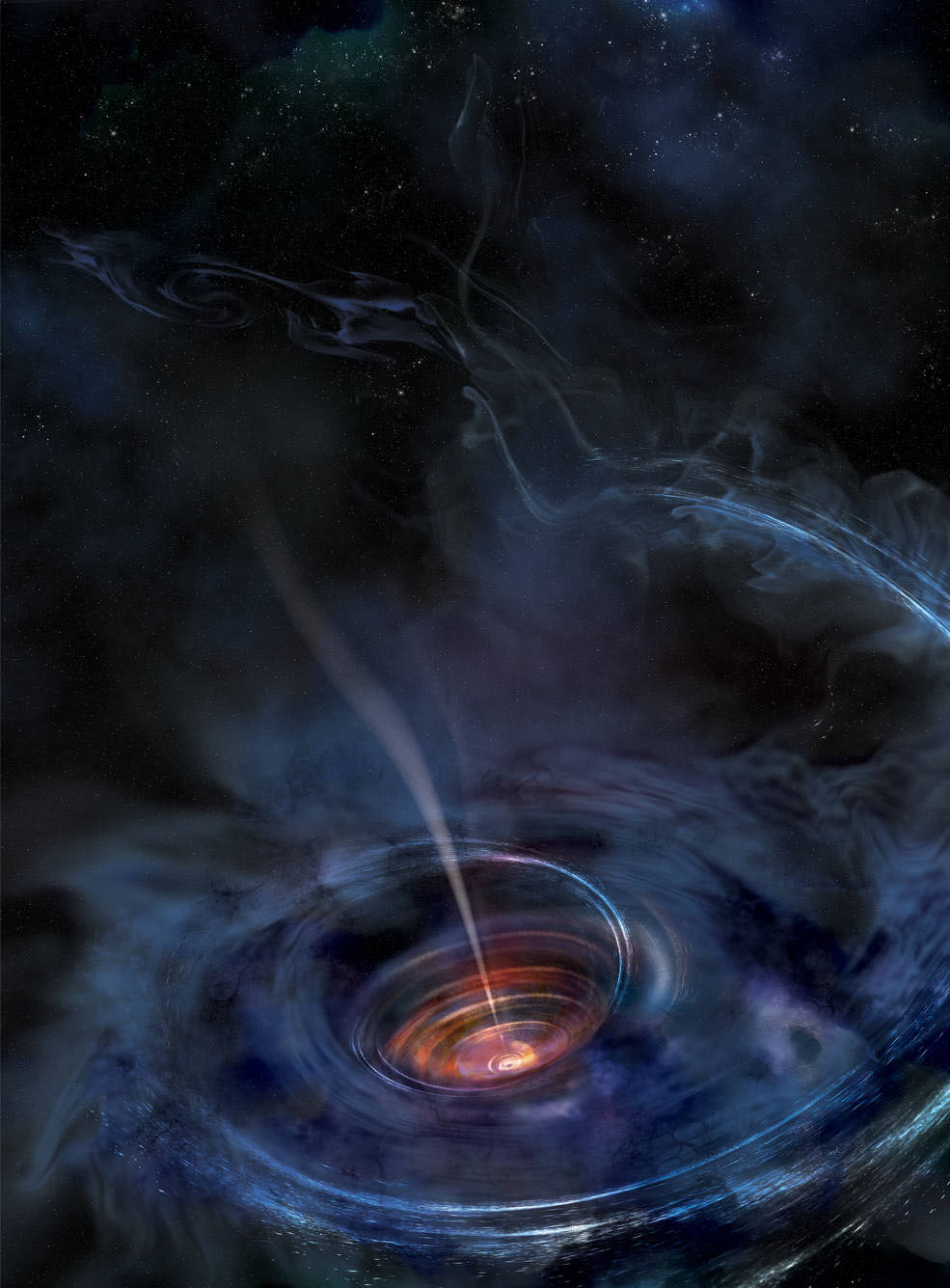By Mia O’Neill
@thedbk
For The Diamondback
A University of Maryland-led team of astronomers is using new technology to map out previously unexplored properties of one of outer space’s most elusive entities: the black hole.
In a report published June 22 by the Nature Publishing Group, the researchers — whose group also includes an astronomer from the University of Michigan — detailed their use of a method known as X-ray reverberation technology, in which they used satellite data to pick up on X-rays released after a dormant supermassive black hole consumed a star.
By using reflections from these X-rays, they hope to map out the surrounding environment — which could potentially answer larger questions about the formation of black holes and how the universe itself came to be, said lead researcher Erin Kara.
“[The findings are] helping us understand these fundamental existential questions” said Kara, a Hubble postdoctoral fellow at this university as well as a Joint Space-Science Institute fellow.
Black holes are areas in space whose gravitational pull is so strong that not even light can escape, according to NASA, making it impossible to get a full picture of what a black hole looks like beyond its surface — unless it’s absorbing matter and releasing energy.
But only about 10 percent of supermassive black holes — the universe’s biggest black holes, which can be “one million to one billion times the size of [our] sun” — are actively devouring matter and thus regularly visible, Kara said.
The other 90 percent — including the black hole at the center of our own galaxy — are “dormant,” meaning that they can only be observed from Earth after a huge amount of matter, such as a star, gets near enough to be sucked in, Kara said. In these cases, the black hole’s gravitational pull consumes the star at an extremely fast rate, releasing a huge amount of light and energy.
From this process, known as “tidal disruption,” scientists can observe light waves from dormant black holes that would otherwise be invisible, Kara said. As technology improves, the resulting data could provide information about a huge fraction of the black hole population that would otherwise be neglected.
Because of the excess amount of gas released during tidal disruption, many thought it would be hard to observe X-rays close to the central black hole, said Chris Reynolds, an astronomy professor at this university and co-author of the study. But Kara’s team was able to locate X-rays far closer to the event horizon than thought possible, which could allow scientists to more accurately “map” properties — such as spin and mass of these black holes — and give clues as to how they were formed.
“I think the big question is, how has our universe evolved,” Kara said. “How did we get here?”
It’s generally agreed that the largest black holes were “formed at a very early stage of the universe,” said Lixin Dai, a co-author of the study. The researchers think it’s likely supermassive black holes formed either by pulling a huge amount of outside matter in, or by merging together — or a combination of the two, Reynolds said. Their hope is that the new functions of this technology will allow them to better understand not only how these agents came to be, but what the universe was like at the time of their creation.
“Black holes are fascinating,” Dai said. “And the way they’re eating stars and generating huge emissions is really exciting.”



